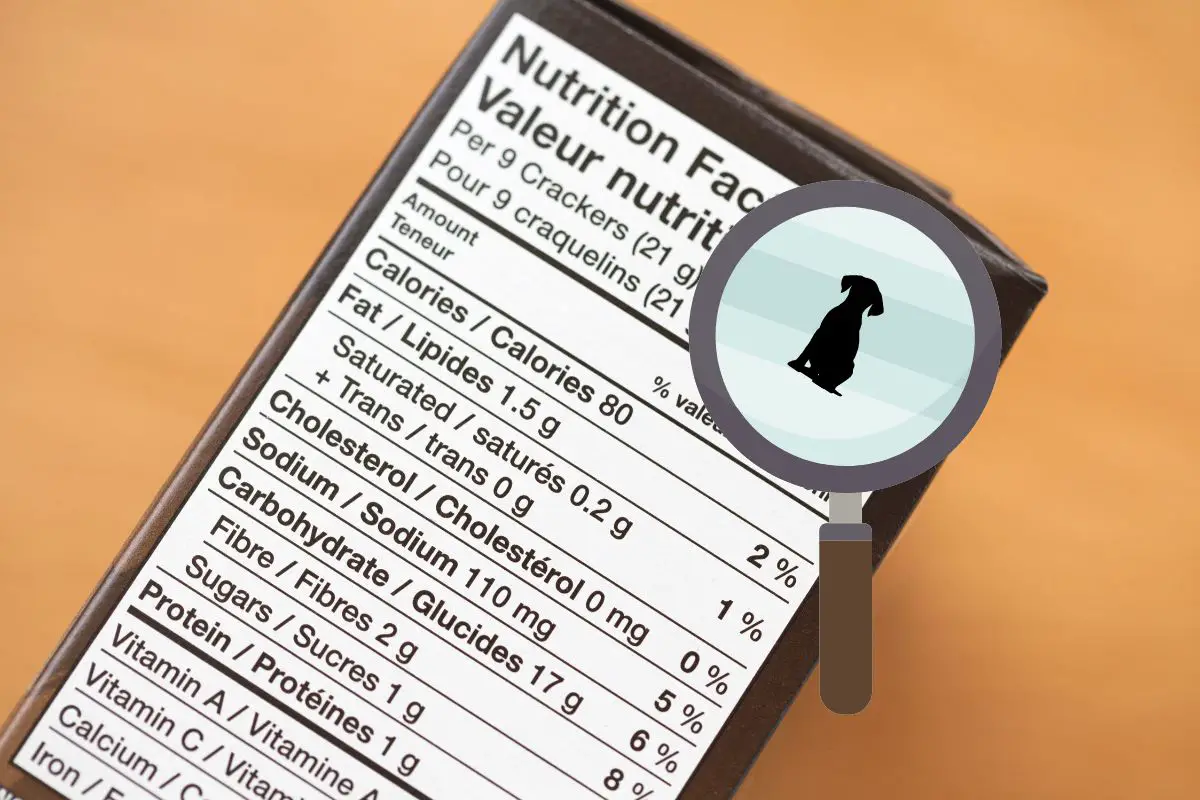As a dog owner, one of the most important decisions you make is what to feed your furry friend.
With so many options on the market, it can be overwhelming to navigate the aisles of pet stores and decipher the complex labels on dog food bags and cans.
However, understanding what’s in your dog’s food is crucial for ensuring their health, happiness, and longevity.
In this article, we’ll share 6 essential tips to help you become a pro at reading dog food labels and making informed choices for your canine companion.
Tip #1: Identify the Protein Source
The protein source should be the first ingredient listed on the label.
Look for high-quality, whole protein sources like real meat, poultry, or fish.
Avoid vague terms like “meat by-products” or “animal derivatives,” which can indicate lower-quality protein sources.
Protein is essential for your dog’s growth, muscle development, and overall health.
A lack of proper protein can lead to various health issues, including weight loss, muscle wasting, and a weakened immune system.
Tip #2: Watch for Fillers and Artificial Ingredients
Steer clear of dog foods that contain excessive fillers like corn, wheat, or soy.
These ingredients offer little nutritional value and can be difficult for dogs to digest.
Additionally, avoid artificial colors, flavors, and preservatives, which can have potential adverse effects on your dog’s health.
Fillers and artificial additives are often used to bulk up dog food and extend its shelf life, but they can compromise the overall quality and nutritional value of the product.
Tip #3: Check for Essential Nutrients
High-quality dog foods should provide a balanced mix of essential nutrients, including vitamins, minerals, and fatty acids.
Look for foods that are fortified with these nutrients or contain natural sources like fruits and vegetables.
Essential nutrients play a crucial role in your dog’s overall health, from maintaining a strong immune system to promoting healthy skin and coat.
Deficiencies in certain nutrients can lead to various health issues, so it’s important to ensure your dog’s diet provides the necessary balance.
Tip #4: Consider Your Dog’s Life Stage
Different life stages require different nutritional needs.
Puppy formulas should have higher levels of protein and calories to support growth and development.
Adult dog foods should be tailored to maintain a healthy weight and energy levels.
Senior formulas should be lower in calories and designed for easier digestion.
Just like humans, a dog’s nutritional requirements change as they age.
Feeding a puppy an adult dog food or an adult dog a senior formula can lead to nutritional imbalances and potential health problems.
Tip #5: Understand the Guaranteed Analysis
The guaranteed analysis on the label provides information about the minimum or maximum levels of certain nutrients in the food.
Pay close attention to the percentages of crude protein, crude fat, crude fiber, and moisture content.
These values can help you determine if the food meets your dog’s specific dietary requirements.
The guaranteed analysis is a valuable tool for comparing different dog food brands and formulas.
However, it’s important to note that these values represent the minimum or maximum levels, not the exact amounts present in the food.
Tip #6: Look for Quality Assurance Statements
Reputable dog food brands often include quality assurance statements on their labels.
These statements may indicate that the food meets or exceeds certain industry standards or has been subject to rigorous testing and quality control measures.
Quality assurance statements can provide peace of mind that the dog food has been produced under strict guidelines and meets certain safety and nutritional standards.
However, it’s important to research and understand the specific standards and certifications mentioned on the label.
Conclusion
By taking the time to understand the ingredients and nutritional information on dog food labels, you can ensure that your beloved pet receives the best possible nutrition.
So, the next time you’re at the pet store, take a closer look at those labels and make an informed decision that will benefit your canine companion for years to come.
Help us raise awareness about the importance of reading dog food labels by sharing this article on Facebook!
A well-nourished dog is a happy and healthy dog, and that’s the ultimate goal for every pet owner.
SHARE now with your friends!
- Hero Farm Dog Survives Epic Battle with Coyote Pack - December 9, 2024
- The 10-Minute Bedtime Routine That Changed My Dog’s Sleep Forever - November 29, 2024
- Creating a Safe Space for Nervous Pets: Your Guide to Pet-Friendly Havens - November 25, 2024

